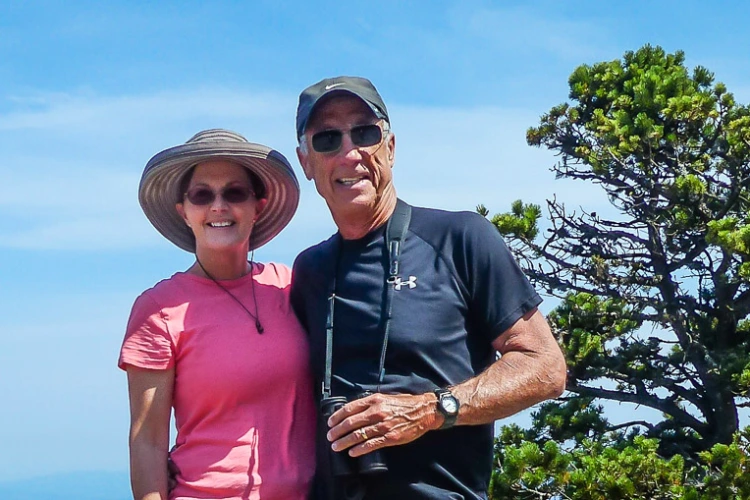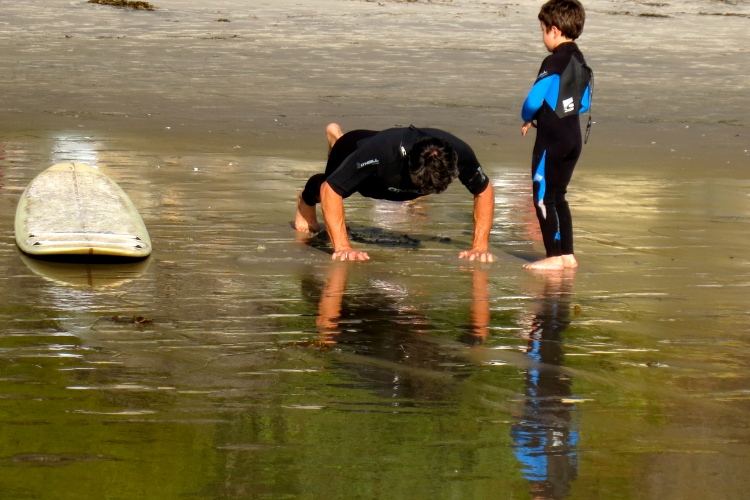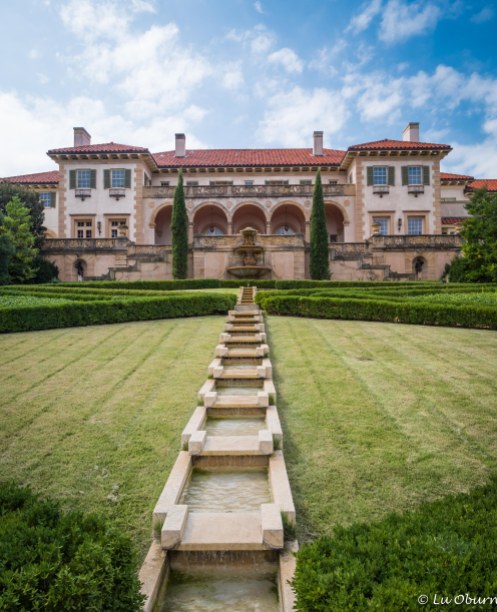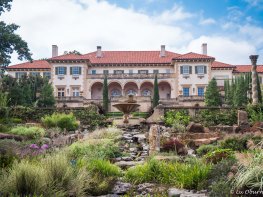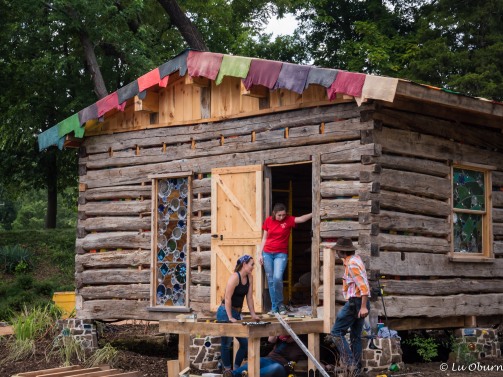Bruised sky, heavy clouds… As I peer out the window I muse that this day feels like the mood of our nation right now.
Fear…we’ve all experienced it. Fear of creepy, crawly things, fear of heights, fear of the darkness, fear of not being liked. Commonplace fear, although uncomfortable and that which can stop us in our tracks, is not what I am referring to. The type of fear that seems to have gripped our nation right now is irrational, rage-filled, a hatred so red-hot it feels one could be scorched just being in its presence. Has it always been here? I imagine it has. It seems someone or something has cracked open the door and given it oxygen to grow.
“Fear is the most debilitating emotion in the world, and it can keep you from ever truly knowing yourself and others – its adverse effects can no longer be overlooked or underestimated. Fear breeds hatred, and hatred has the power to destroy everything in its path.” ~ Kevyn Aucoin
It is inconceivable to me that the leader of this country, a country whose ideals embody the strength of a democratic society, is that someone who has breathed life into this fear-based monster. It appears we have become an intellectually lazy society, choosing to believe whatever we see on social media, no matter how outrageous, so it shouldn’t surprise me that we are at this tipping point. Sadly, a constant barrage of lies, vitriolic rhetoric, conspiracy theories, and lack of moral character seem to be the framework by which the man who was elected to lead our country lives his life, and many of us seem to ignore what is happening around us.
Next Tuesday we in America have a choice, really more a civic duty, a duty to vote our conscience. It is time to take a hard look in the mirror and ask ourselves what kind of country we want to live in, and perhaps more important, what kind of country we want our children and grandchildren to live in. This is so much greater than what the stock market is doing, this must go beyond our own personal needs.
“The most fundamental aggression to ourselves, the most fundamental harm we can do to ourselves, is to remain ignorant by not having the courage and the respect to look at ourselves honestly and gently.” ~
Fear…yes, I feel it. I’d like to think mine is rational, the fear of the hatred that could continue to escalate in this country if we don’t choose wisely next Tuesday. It is time to find the courage to speak out, to speak with our vote the kind of country we wish to live in, the kind of example we want to be for our children and grandchildren. How many more lives have to be lost at the hands of those who fear individuals of different color or religious values? How many more bombs must be sent to those with differing views before we remove our heads from the sand?
“Our enemy is fear. Blinding, reason-killing fear. Fear consumes the truth and poisons all the evidence, leading us to false assumptions and irrational conclusions.” ~ Rick Yancey
Please vote your conscience next Tuesday. Please vote as if our democracy depended upon it, because it does.
Header photo courtesy of exploringyourmind.com.

